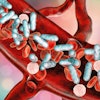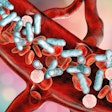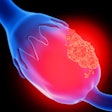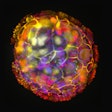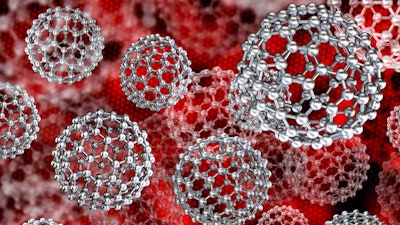
Electronic detection of DNA nanoballs could enable fast, accurate, and cheap identification of pathogens, according to a paper published in Science Advances.
The technology is designed to address a need exposed by the pandemic. Rapid antigen tests became a key tool in the management of the crisis, but they only came to market once high-quality antibodies were available. Approaches based on the detection of nucleic acids were faster and easier to develop, but they suffer other limitations.
One nucleic acid-based approach, loop-mediated isothermal amplification (LAMP), is simpler to implement and scalable in resource-limited settings than other similar methods, but it relies on DNA detection processes that have shortcomings. Fluorescent DNA detection methods are effective but add cost and complexity, while colorimetric methods are simple but susceptible to false positives.
DNA nanoballs, technology described in 2009 with applications in sequencing, may provide the basis for a simpler approach for the detection of nucleic acids. In the Science Advances paper, a team at Sweden’s Karolinska Institute outlined how they modified LAMP so that DNA nanoballs were generated when the targeted pathogen was present. The movement of the nanoballs was detected electronically.
“The methodology involves combining molecular biology (DNA nanoball generation) and electronics (electric impedance-based quantification) to yield a pioneering detection tool,” Vicent Pelechano, an associate professor at Karolinska and principal investigator on the study, said in a statement.
Pelechano and his collaborators showed that the compact system can detect viral and bacterial pathogens from as little as 10 original target copies in less than one hour. The researchers calculate that the technology could cost less than $5 when integrated into a standalone device, making deployment viable in resource-limited settings.
The study used a benchtop impedance measurement spectroscope, limiting the utility of the test. However, the team showed that nanoballs can be detected using a single-voltage frequency and amplifier setting and said that affordable mass-produced electronics would work.



